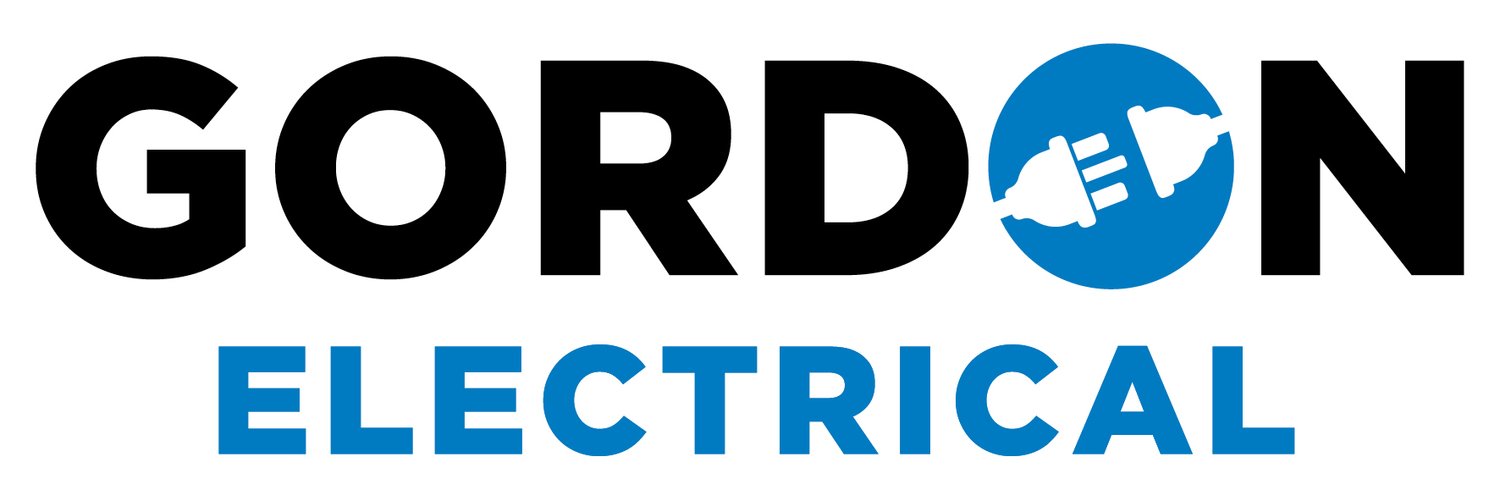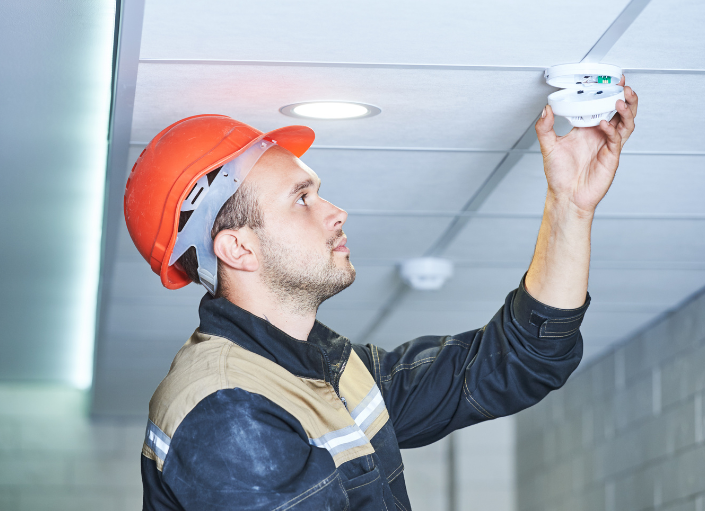5 Mistakes to Avoid When Installing Smoke Alarms in Queensland
Smoke alarms are an important part of home safety. They can also save lives by offering advance warning of fires. But if they are not set up correctly, they will not work. Smoke alarm installation in Queensland is governed by specific regulations. So, not making the most common mistakes guarantees control and maximises security. Today's blog will highlight people's top five mistakes when installing smoke alarms in Queensland.
5 Mistakes to Avoid When Installing Smoke Alarms
1. Incorrect Placement of Smoke Alarms
Ceiling vs. Wall Installation
One mistake is placing them in the wrong spot. Smoke alarms are to be put on the ceiling. As smoke rises, ceiling positioning provides early warning. When wall mounting, place alarms high on the wall. Please make sure they are 30 centimetres from the ceiling.
Avoiding dead Air Spaces
Dead air spaces can inhibit smoke from getting to the alarm. Do not lay alarms in tangents and expose beams. These places can hold smoke, making it harder to wake up—mount alarms at least 12 inches (30 cm) from corners and beams.
Distance from Cooking Appliances
Do not mount smoke alarms too close to cooking appliances. If they are too close, it can lead to false alarms. Position detectors at least 3 meters from stoves and ovens. This decreases the chances of false alarms while maintaining safety.
2. Not Interconnecting Smoke Alarms
Importance of Interconnection
In Queensland, interconnecting smoke alarms are a requirement. This means if one alarm goes off, everything will go off. Interconnection makes sure that everyone in the house gets a fire alarm. This is true even more so in larger houses.
Methods Of Interconnections
Interconnection has two categories: wired and wireless. A wired interconnection refers to a physical yet wired interconnection of alarms. Wireless interconnection uses a radio frequency signal. They both work well, but wireless is more convenient for smoke alarm installations in existing homes.
Falling To Test Interconnections
Upon installation, test the interconnectivity. With one alarm, press the test button. All smoke alarms upgrades should sound. Suppose they don't look at the connections. After regular testing, the system is working as it should.
3. Using The Wrong Type of Smoke Alarm
Photoelectric Vs. Ionization Alarms
How smoke alarms work: photoelectric and ionisation are two primary varieties of smoke alarms. Photoelectric alarms are better at detecting smouldering fires. Ionisation alarms are better for detecting fast-flaming fires. In Queensland, fire alarms must be photoelectric. They're less likely to produce false alarms and offer better protection."
Avoiding Dual-Sensor Alarms
The dual-sensor alarms use both technologies: photoelectric and ionisation. They provide extensive detection but are not mandated in Queensland. To meet regulations, stick to photoelectric alarms.
Checking For Compliance
Check the smoke alarms you buy that meet Australian standards. Look for the AS 3786 marking. This means the alarm satisfies safety and performance criteria.
4. Failing To Maintain Alarms
Regular Testing
Ionisation alarms are better at sensing quick-flaming fires. Photoelectric alarms are required by law in Queensland. They are less likely to give false alarms and offer better overall protection.
Replacing Batteries
Dual-sensor alarms use photoelectric and ionisation technologies. They do provide all-over detection but are optional in Queensland. Stay with photoelectric alarms and stay in compliance.
Cleaning Smoke Alarms
Make sure the smoke alarms installations you do are Australian standard-approved. Look for the AS 3786 marking. This means the alarms meet both safety and performance standards.
Replacing Old Alarms
Smoke alarms do not last forever. Replace every 10 years. Look for the manufacture date of the alarm. If it's older than about ten years, replace it.
5. Ignoring Queensland Regulations
Understanding The Legislation
There is smoke alarm installation legislation in Queensland. These must be followed in all new builds and renovations. Existing homes must be retrofitted by 2027. It will help to know how to comply with the law to keep safe.
Requirements For New Homes
Photoelectric smoke alarms must be interconnected in new homes. Alarms need to be placed in each sleeping room. They also need to be placed in hallways that connect bedrooms and on each level of the home.
Requirements For Existing Homes
Older homes have until 2027 to upgrade. This includes the installation of interconnected photoelectric alarms. Alarms must be placed in each bedroom, in addition to every degree. Adhering to all requirements helps keep clients safe while ensuring the law is always followed.
Seeking Professional Help
In any case, you should consult a professional if you doubt the regulations. Proper installation can be ensured by having licensed electrical contractors. They can also advise you on compliance and maintenance.
Contact Gordon Electrical for Smoke Installation in Queensland
In the realm of home safety, look no further than Gordon Electrical for smoke alarm installation in Queensland. Gordon Electrical, an electrical contractor based in Brisbane, specialises in residential electrical work and has extensive professional experience. They have qualified electricians who can install smoke alarms to a high standard and maintain all Queensland smoke alarm legislation.
Gordon Electrical is aware of how critically needed smoke alarms are for the safety of your home and family. They provide all decisive measures by providing installation services based on the type of smoke alarm, proper wire placement, and interconnections. They will express true professionalism and pay great attention to detail in every part of this task. Gordon Electrical specialises in making your house as safe as possible, all while packaging reliability and customer satisfaction. You can trust Gordon Electrical to provide peace of mind with quality smoke alarm installation.



